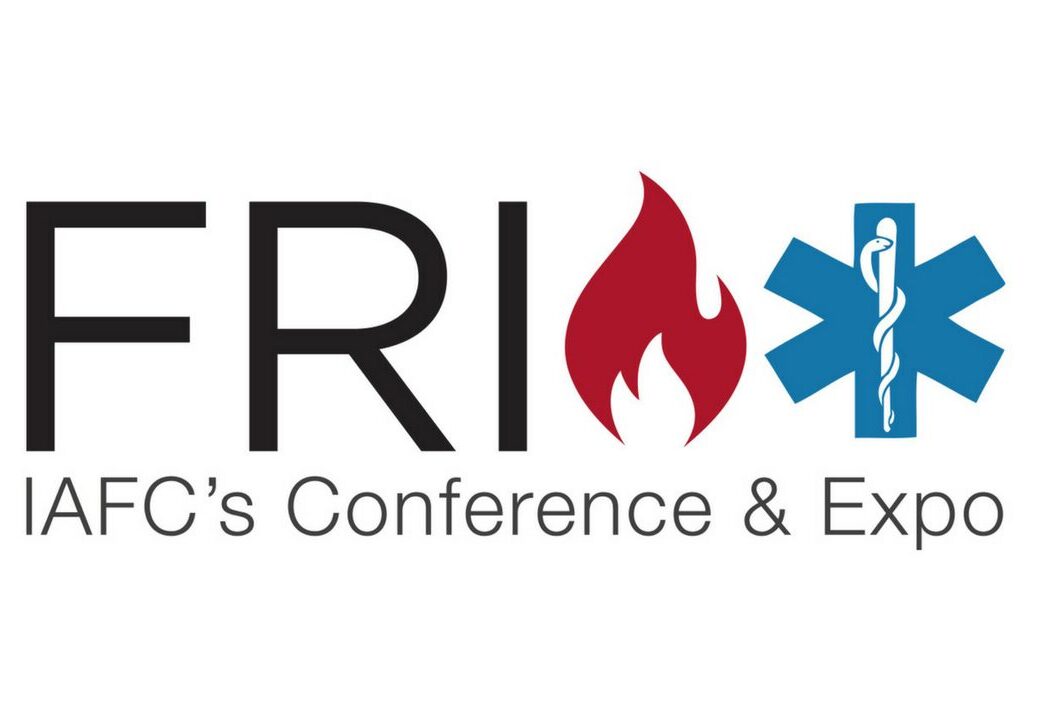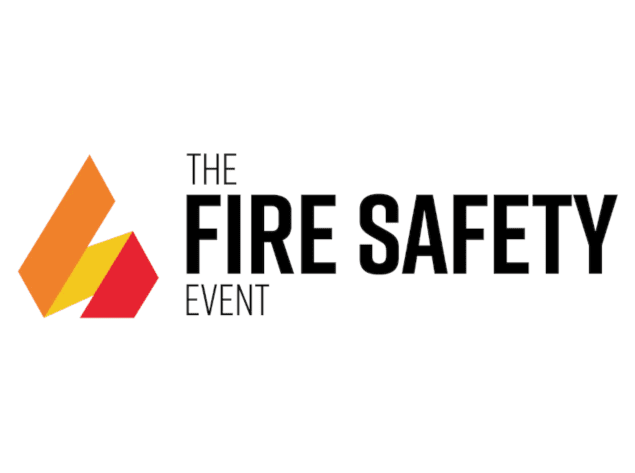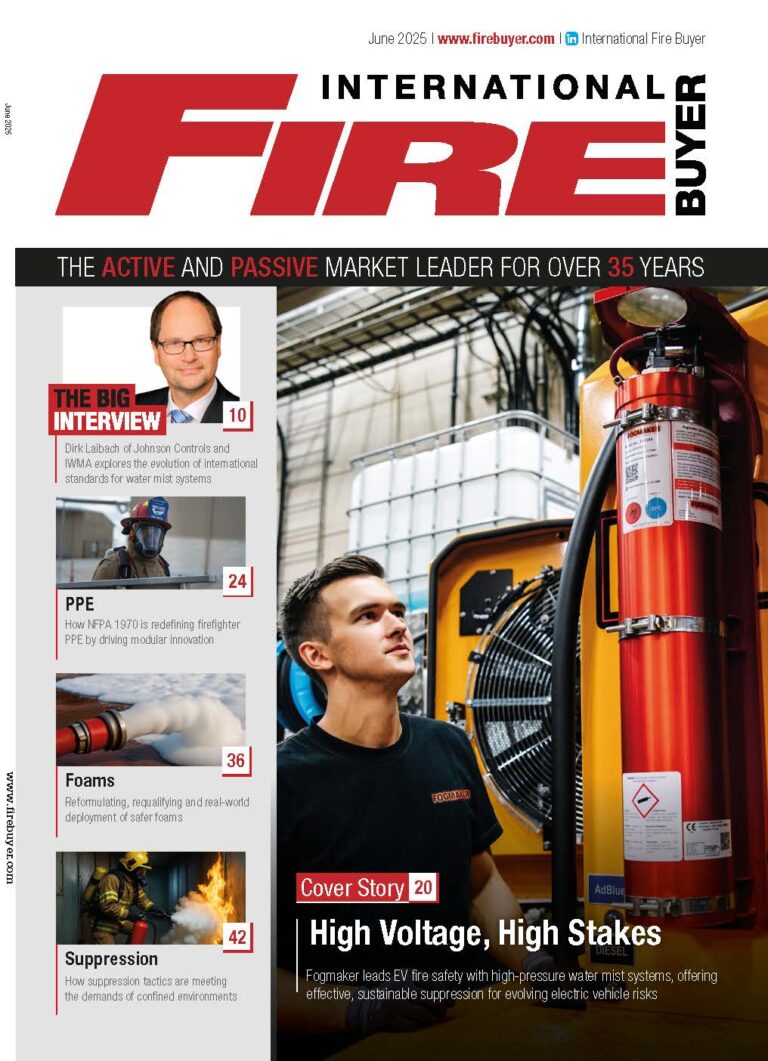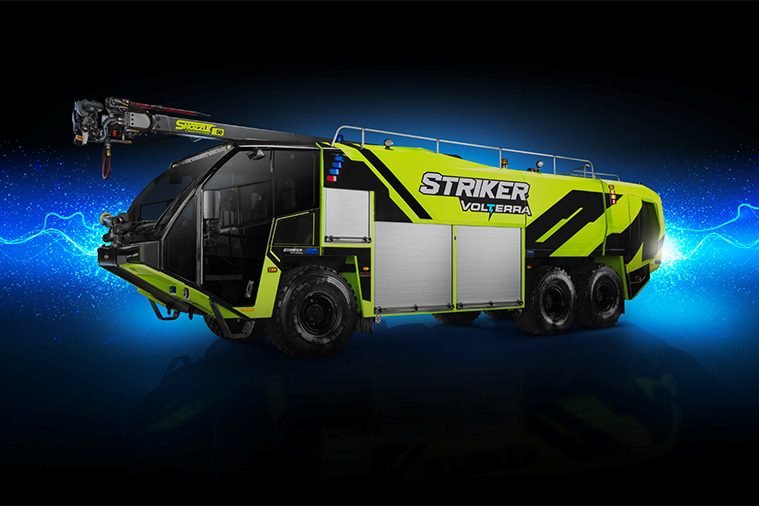 In the last article I wrote I talked about safety as it relates to the chief officer. I discussed the need for each chief to be responsible for his own personal safety as well as the personnel that he is supervising. The question now becomes what about the individual firefighter and his responsibility in the safety chain? You could answer that simply by saying that each person has to take responsibility for their own safe working habits. Is that the end? Absolutely not.
In the last article I wrote I talked about safety as it relates to the chief officer. I discussed the need for each chief to be responsible for his own personal safety as well as the personnel that he is supervising. The question now becomes what about the individual firefighter and his responsibility in the safety chain? You could answer that simply by saying that each person has to take responsibility for their own safe working habits. Is that the end? Absolutely not.
On any routine day in the firehouse, almost everyone develops some degree of complacency. Whether it is going into the kitchen for a cup of coffee (or tea) or going into the gym for a workout, you have a routine and ignore most things that do not interfere with your transit. The one thing you know when you’re on duty is that, at some point, you’ll be dispatched on an emergency call. When the call comes in, you have to be ready to respond to your assigned apparatus, don your turnouts, and get set in your assigned position.
 On the Scene
On the SceneThis is the critical time for you to be acutely aware of everything going on. You say there are so many things happening on an emergency scene, how can you think of everything? Really you can’t, but what you can do is think about the likely activities you’ll be participating in. Also think of the potential additional activities that may be assigned to you and your crew. All of a sudden, you have considered nearly everything that is going on during an incident. To go around and take stock of the “big picture” is the responsibility of the chief officer assigned as the incident commander, however the individual firefighter is still responsible for identifying potential issues that may become large as the incident progresses. The potential issues do become part of the safety chain and if they are not identified in a timely fashion, they will become hazards
to the individual firefighter.
Most of you have been taught this method and most of you adhere to it. Unfortunately, there are some personnel who feel that they can do anything they want without regard for their fellow firefighters. Freelancers get themselves and their compatriots in all kinds of trouble due to personal arrogance of their skills and skill-level. While I’m not looking for firefighters with doctoral degrees, I do expect that if you’re part of this service, then you should possess the personal insight to know your own limitations. If, as a chief officer, I am required to go back and rescue freelancers who thought they would take care of something without letting me know and they get in trouble because of it, I will be less than amused. This goes back to the idea of the safety chain. If you break a link, the chain is worthless. Don’t break the link.
The Safety Chain

Most tasks around the firehouse as well as the fireground can seem routine, especially the more frequently they are performed. I spoke about complacency before and it continues here. You cannot get complacent about any activity regardless of how routine. I have seen many firefighters who have been pensioned off on disability because they became too complacent about an activity. Vigilance in the safe performance of an activity no matter how mundane, will assure that you have a long and rewarding career in the fire service.
You are all thinking that I must be off my rocker to be hammering at these points. I can promise you I am not. I am over the top concerned about the health and welfare of young firefighters for a reason. These people will be the future leaders of the fire service. If we can instill in them the institutional awareness of safe practices, then perhaps that awareness will become endemic. It will, in essence, be an automatic behavior. At such time as these personnel are promoted to positions of leadership, they will have the safety chain as part of their routine application of guidance to their personnel.
The Outcome
When you consider the eventual outcome of establishing an effective plan to address awareness of safety issues, the usual result is positive. From the standpoint of management, if we can eliminate the potential by addressing awareness, then really the organisation is money ahead. Money ahead from no “lost time” accidents, money ahead from no damaged equipment and money ahead from no increased liability costs. This is universal across all industries but especially magnified in the fire service. The fire service, due to its visibility in the community, is looked at just a little bit closer by the public, by regulating bodies and governing bodies. If we can prevent an occurrence, just like in fire prevention, then we have another opportunity to serve our constituents. Our goal is to serve the community and provide a safer quality of life due to our actions. Many talk about the fire service as a “force in ready” and truly we are. We have always and will continue to be active participants in the community’s safety but we also have to serve the community by being safe, ourselves.
There are many among us that would prefer to see things done the old way. Not so many rules, not so much oversight, less management control, etcetera. I, too, remember those days when there wasn’t so much control of how things were done. Those times ended due to the many firefighters who ended up broken because of ignorance and apathy. By discovering the errors of our ways over the many years of hazardous duty we’ve experienced, the light of understanding beams brilliantly on all of our actions today. This can only enhance our ability to provide the type of competent service that the community expects and certainly we are willing to provide. If those of you who truly long for the days when you did as you pleased, you should probably find a new line of work or retire because this chain will not be breaking any time soon.
In the End
Safety is everyone’s responsibility regardless of rank. If you embrace the concept of the safety chain and participate in all facets of performing each task safely then the winner is the public who desperately depend on us in their time of need. If we have to continue to rescue ourselves because of a stubborn loyalty to the old of way of doing things, no one has learned anything. These are the winds of change that are blowing through the fire service at typhoon speed. Either we open our collectively sails and catch the breeze and literally fly to the land of golden opportunity and long careers or we are doomed to languish and struggle in the whirlpool of ignorance that will forever mark the fire service as the dinosaur of public safety.




































